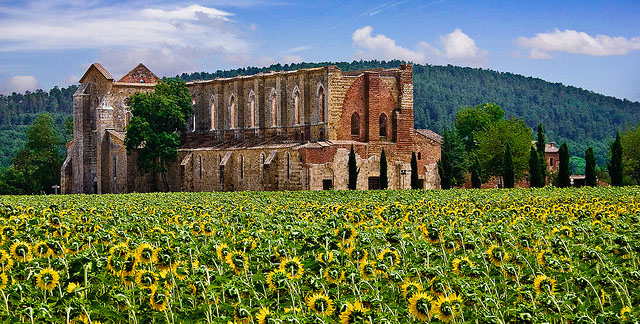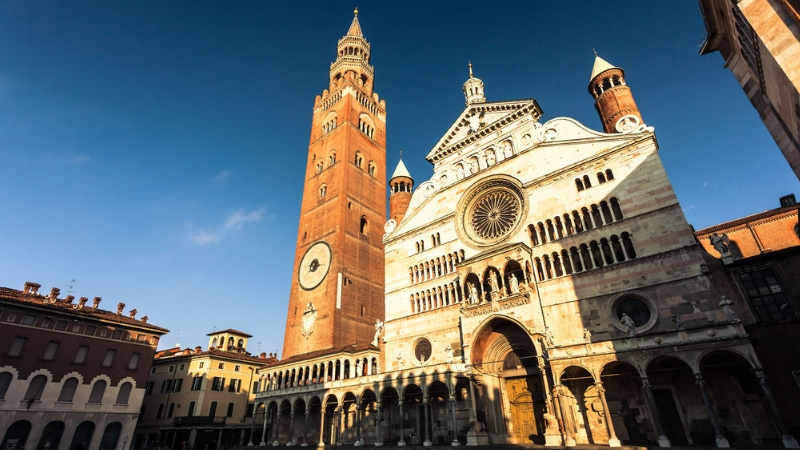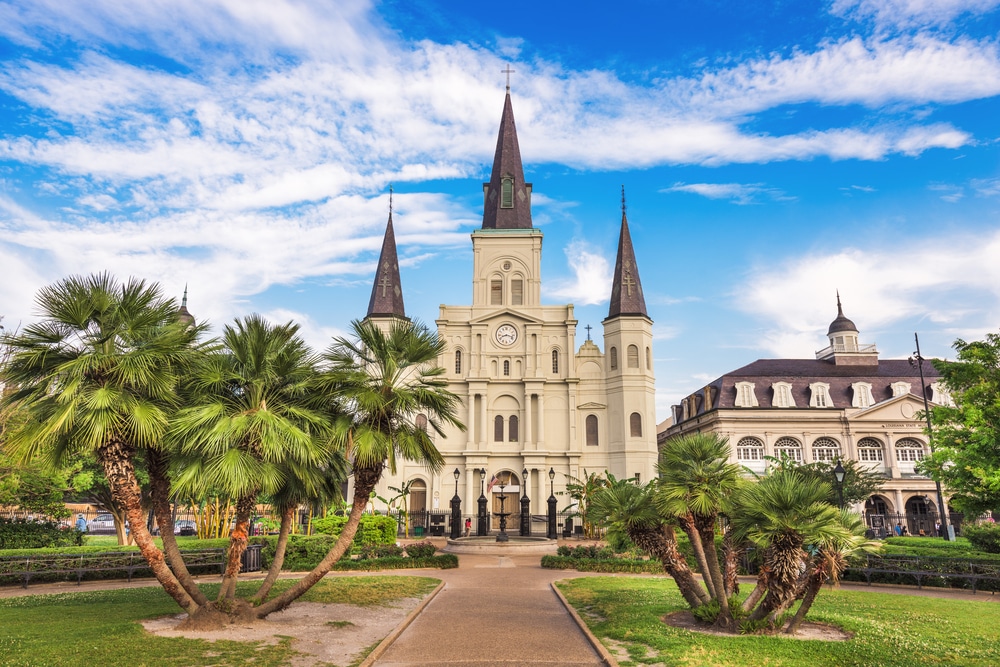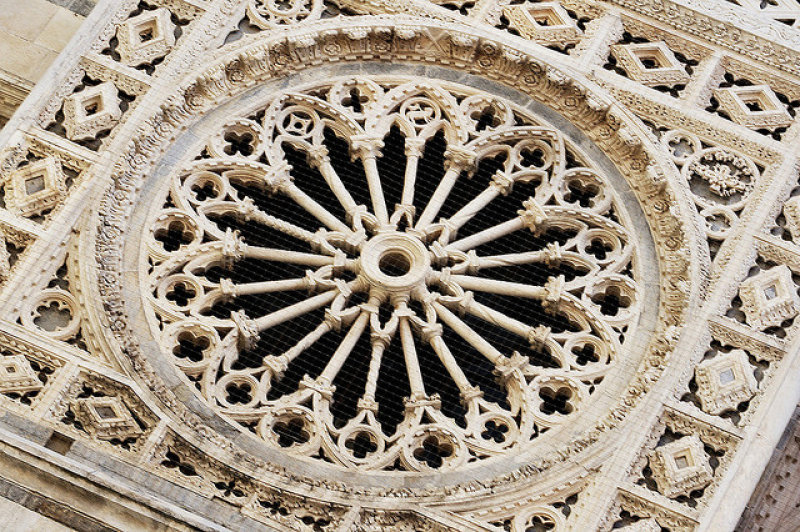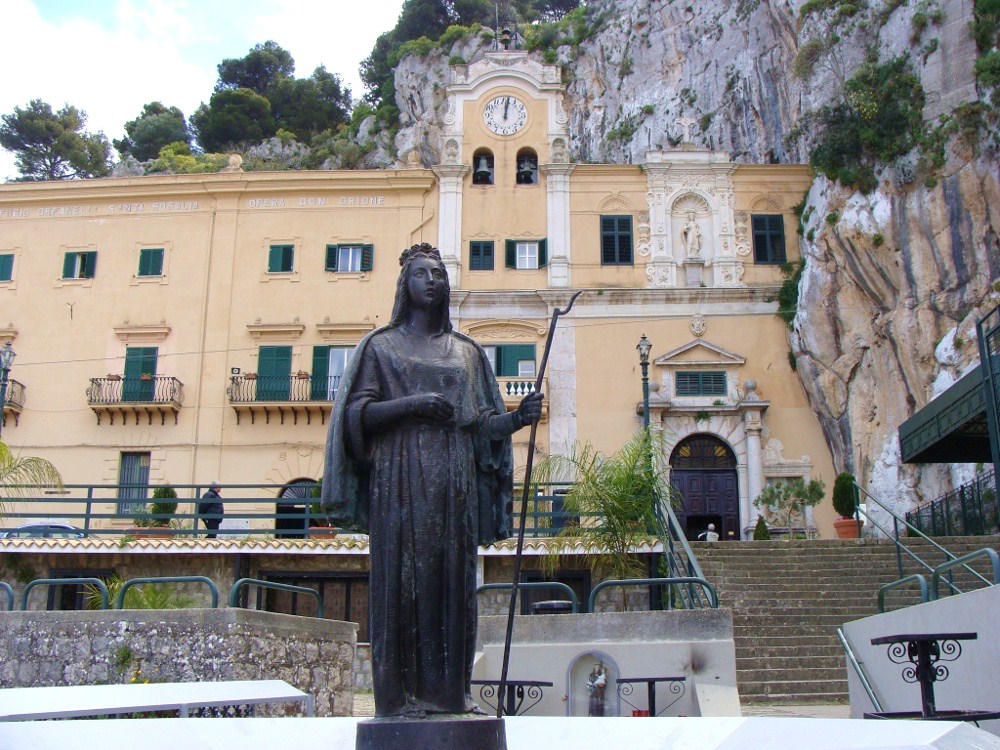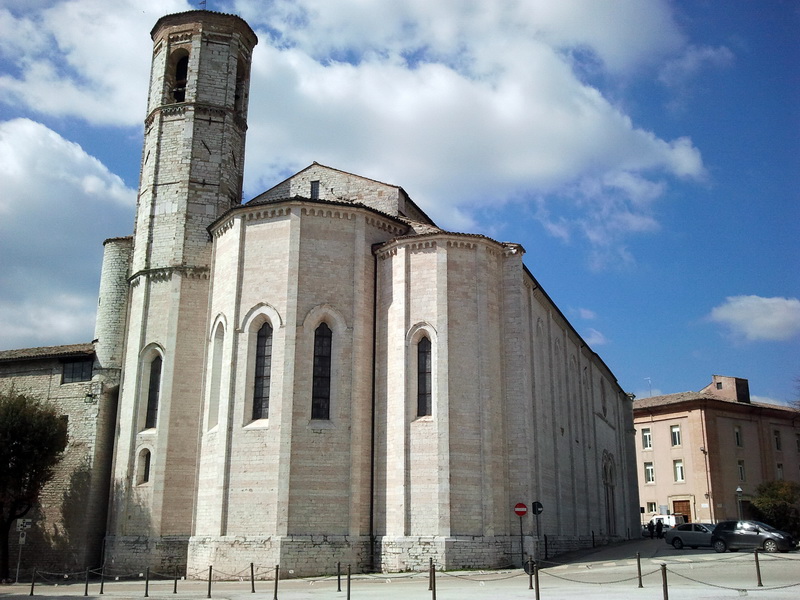The monastic complex is world-famous for its roofless, Gothic-style church.
The foundation of the abbey dates back to 1218, by Cistercian monks. it was built to accommodate pilgrims who flocked in large numbers to the nearby hermitage of Montesiepi.
The large church, 72 meters long and 21 meters wide, in Cistercian Gothic style, with the monastery next door was finished in 1262. In the 14th century the abbey enjoyed great power and splendor, thanks in part to the privileges granted by various emperors, including Frederick II, and the munificent donations received; to which was added the exemption from tithing by Pope Innocent III.
In the sixteenth century there is a record of a dispute between the Republic of Siena and Pope Guido II, which led to an interdiction of the holy see toward Siena in 1506, which, however, resisted by ordering priests to regularly celebrate all liturgical functions.
Then the decline began. As early as the mid-1500s there were only five monks residing there, and by the middle of the next century there was only one monk left. The structure remained in complete abandonment until, in 1786, the bell tower collapsed, also sweeping away part of the roof. The place became a quarry for stones and columns for the construction of houses in the area, then, in the early 20th century, maintenance and restoration works made it as we can still admire it today.
According to some studies, abbeys were built by monks on precise geomertical patterns. In the case of this abbey they had been inspired by the musical scale known as the natural diatonic octave, bringing it back into the geometric model.
A few hundred meters away on a hill stands the hermitage of Montesiepi where the "sword in the stone" is kept, which according to tradition was driven into the stone by Galgano Guidotti when he renounced the comforts of the noble life he had led. Similarities with the events of King Arthur, the Knights of the Round Table and the quest for the Grail are numerous in the stories surrounding St. Galgano. It is almost impossible today to tell which of the two stories is original.
The hermitage has a circular plan reminiscent of Roman mausoleums. On the outer walls are alternating bands of white stone and brick. The interior of the dome is also built with the same alternation. In addition to the boulder with the sword of St. Galgano, there are frescoes by Ambrogio Lorenzetti. Between legends, architecture and scenic beauty, a visit to San Galgano alone is worth a trip to Tuscany for the magic and suggestions that the place can arouse.
